By Dr Karli Plowright (Family Wellness Chiropractor + Exercise Scientist)
Nomad Chiropractic Mosman
Upper cross syndrome is a muscular imbalance syndrome whereby the front and back of your neck, chest, rib cage and thoracic spine aren’t balanced. It causes differences in strength and flexibility of these areas, specifically your suboccipitals, SCMs, and your pecs, traps and rhomboids.
Upper cross syndrome is hugely common these days as most of us have a work from home set up or use a mobile for the good part of most of the day. Why this is of concern to me as a Chiropractor is the pattern of imbalances creates joint dysfunction, not only in the neck but in the middle back and shoulders.
Just from observing you I can begin to pick up postural changes that are associated with upper cross syndrome. In particular forward head posture, elevated and rolled forward shoulders - which causes the shoulder blades to roll outwards too! It doesn’t stop there… These postural imbalances begin to cause weakness in further surrounding muscles which reduces the stability of your joints, specifically your shoulders. Have you noticed your head and shoulders sit further forward when looking at yourself or when sitting at your computer for too long?
Upper cross syndrome can be caused by:
· Repetitive movements
· Sitting for long periods of time - at a computer, on a mobile or watching TV
· Muscle strains
· Poor posture
· Muscle weakness
· Poor ergonomics
· Rotator cuff tendonitis
Clinically I see weakness in the following muscles:
· Lower and middle trapezius, infraspinatus, serratus anterior and SCMs
And tightness in the following muscles:
· Upper trapezius, levator scapulae, suboccipitals and pecs
Some chiropractic recommendations for your work from home set up or office desk:
1. Chair: Ensure it is adjustable, with lower back support, a comfortable cushion/seat and try no arm rests to limit leaning.
2. Desk: You want your eyes to be level with the top half of the computer screen. You want your mouse and keyboard to be positioned closely together, with your keyboard centered on the desk.
3. Keyboard: Ensure it is the same height as your elbow and arms, which should be parallel to the floor
4. Surroundings: Ensure good lighting, if possible sunlight. And if possible have your computer in front of you, not to either side.
5. Lifestyle : And lastly, take breaks every 30 minutes!
Homecare advice:
Diaphragm breathing. A change in respiratory pattern is a great start with upper cross syndrome. When breathing in, bring the breath down to the bottom of your lungs and try to imagine you are filling up the whole lung cage, compared to shallow/short breathing just into the chest.
Wall angels. Standing against a wall, bring your arms up at the same time against the wall as if you were drawing a snow angel on the wall.
· 3. Yoga / pilates. Either one of these will help to stretch out the spine and arms/legs and to get strength into your spine, in particular your shoulders! This is likely to help reduce any associated anxiety.
Got Questions? Get in touch! Admin@NomadChiropractic.com.au
Till next time,
Chiro Karli :)
—————
Book in online with your Mosman Chiropractors Lucy Bartlett, Olly Kerr, Kristin Webb and locum Sandy Ghobrial at www.nomadchiropractic.com.au
Located at: Suite 1, 563 Military Road Mosman NSW 2088 Rear entry
Ph 02 9969 7503
www.nomadchiropractic.com.au
For More Information head to: www.nomadchiropractic.com.au/chiro-research
*Note: Karli Plowright moved back to WA in December 2022 and as such is no longer a practitioner at Nomad Chiropractic in Mosman. All of the practitioners at Nomad Chiropractic are trained in the above.

